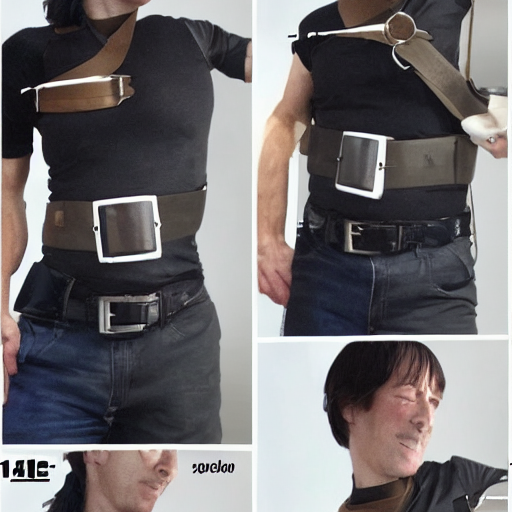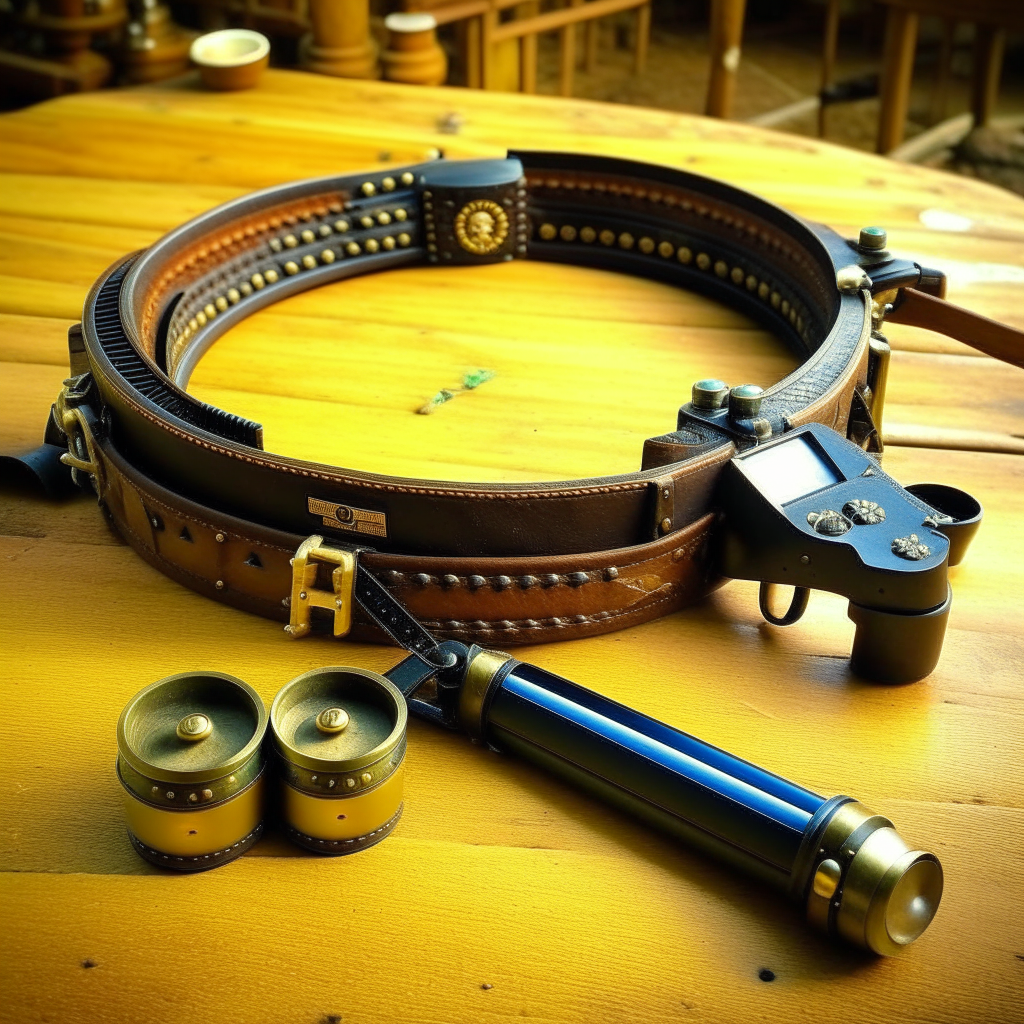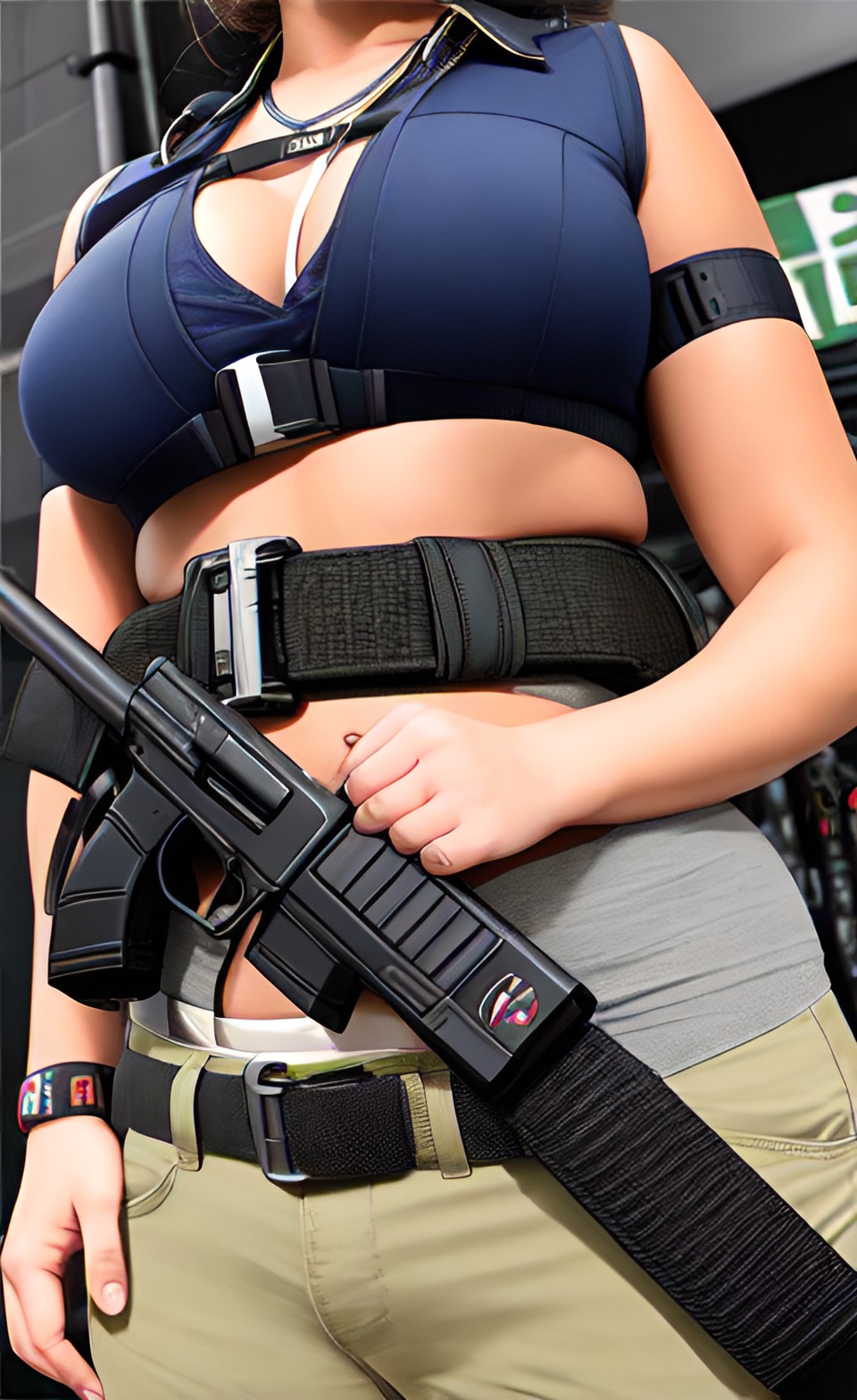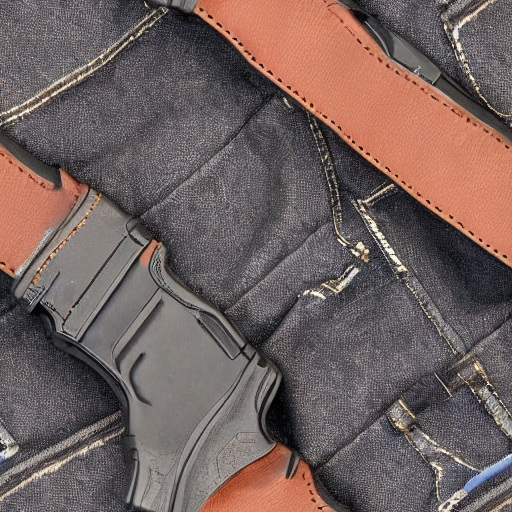The gunbelt has become an iconic accessory for law enforcement officers and gun enthusiasts alike. It not only provides a practical solution for carrying firearms but also serves as a symbol of authority and professionalism. Over the years, gunbelts have evolved from simple holsters to sophisticated tactical accessories, adapting to the changing needs of those who rely on firearms in their line of work.
The History of the Gunbelt
The origins of the gunbelt can be traced back to the early 19th century when handguns became more readily available and individuals needed a convenient way to carry them. Initially, holsters were primarily made of leather and were worn on the hip, ensuring quick and easy access to the firearm. These holsters were primarily used by cowboys, outlaws, and lawmen in the Wild West.
As the use of firearms spread and law enforcement agencies began to standardize their equipment, the gunbelt became a vital part of an officer’s uniform. Over time, the design and materials used in gunbelts improved to make them more comfortable and functional. Reinforced stitching and metal fasteners were added to increase durability, ensuring that the gun remains securely in place even during rapid movements.
The Evolution of the Gunbelt
In the mid-20th century, advancements in technology led to the development of new materials like nylon, which revolutionized the design of gunbelts. Nylon gunbelts were not only lightweight but also offered greater flexibility, making them more comfortable for extended periods of wear. Additionally, they were water-resistant, making them suitable for use in various climatic conditions.
During this evolution, the gunbelt also saw the inclusion of additional features to accommodate the needs of law enforcement agencies and military personnel. For instance, extra magazine holders, handcuff pouches, and flashlight holders were added to provide quick access to essential tools during critical situations.
The Rise of Tactical Accessories
In recent years, the gunbelt has taken another leap forward with the introduction of tactical accessories. These gunbelts are designed to provide enhanced functionality and customization options for individuals who require specialized equipment. MOLLE (Modular Lightweight Load-carrying Equipment) attachments allow users to add and customize pouches, holsters, and other accessories according to their needs.
Furthermore, modern gunbelts incorporate advanced materials like Kydex, a durable polymer, into their design. Kydex holsters offer superior retention properties, ensuring that the firearm remains securely in place. This material also has better resistance to humidity and moisture compared to leather, making it an ideal choice for professionals who work in demanding environments.
The Future of Gunbelts
As technology continues to evolve, it is likely that gunbelts will further progress to meet the demands of the modern user. Integration of smart technology, such as built-in radio frequency identification (RFID) tracking, could provide additional security features for law enforcement officers and military personnel.
Additionally, advancements in materials science may lead to the development of gunbelts that are even more lightweight and durable. The incorporation of nanofibers or other innovative materials could revolutionize the comfort and performance of gunbelts in the future.
In conclusion, the gunbelt has come a long way from its humble beginnings as a simple leather holster. From the Wild West to modern tactical gear, it has continuously evolved to meet the needs of those who rely on firearms in their professions. As we look to the future, it will be exciting to see how the gunbelt continues to adapt and enhance the safety and efficiency of those who wear them.






